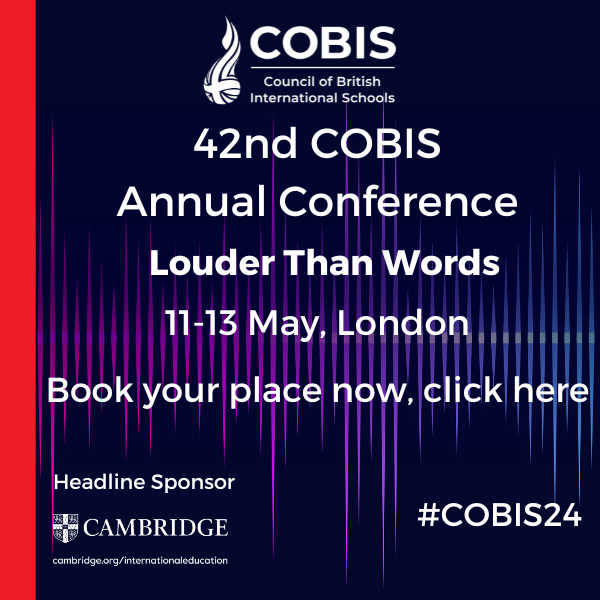Many schools in China are presenting themselves to the community as bilingual. This is seen as a highly desirable position both educationally and in marketing terms. However, the view that as long as the students are taught English, all will be well, is not showing the level of success that has been assumed and desired. It raises the question of what is bilingual education and how can it be successfully implemented?
The most obvious component in this context is the teaching of Chinese language. A school implementing the national curriculum goes a long way to achieving a central aim of bilingualism as well as recognising and honouring the culture of the community. The teaching of English is another matter.
It is not possible to unpick all of the factors and their implications for the teaching of English to children of a completely different culture. It is important, however, at least to identify the components that are impacting implementation and the ability to succeed, which is what this article will do.
The first thing we need to recognise it that the learning of language is not a universal process. The learning of Chinese is done by a process very different from the learning of English. When teaching English, we cannot assume equivalency in pedagogy.
A focus upon English Literature is not helping
Look at the international Chinese language course and it does not take long to realise that the course is usually English Literature under another name. Yes, there are novels and poetry from the host country and the students answer in their native language, but how it is taught, what is expected and how it is assessed are totally western culture-based. Teaching English for this end point is not working.
It cannot be assumed that because students learn English in the local schools they will be able to transition into a bilingual environment
Students do learn English and they learn an effective form of English to suit purposes which are valid and appropriate for the hundreds of millions of students in the local schools. However, in a bilingual school they will be expected to use a form of English that is not the same as their experience (and that of the Chinese teachers, administrators and parents).
Translation is not the same as interpretation
It is too easy to assume that all the words used in the teaching, learning and assessment for an international curriculum have exact equivalency in the host country language. It is also easy to assume that the characters used in Chinese to represent the words, and convey identical meaning to their meaning in English. Neither of these assumptions is valid.
In addition, even if there is an equivalent word and the characters are aligned, it cannot be assumed that students will interpret the words in the same way. The student is highly likely to respond to the word in a different way. For example, the way Chinese people describe and explain is completely different from the way expected by western teachers. The Chinese student only knows how people in China describe and explain. This cannot be ignored or dismissed.
What form of English should be taught and how can students entering at Year 10 and beyond be prepared in time for the demands of Year 12?
The English that is needed
The premise for a bilingual school should have two components:
- Conversational English
- English needed for teaching and learning
The need to converse in English is important, but this does not mean dismissing or ignoring Chinese. English, as a language, represents western culture and as such should not be seen as supplanting the language of the community. Both languages have a place and must be considered of equal importance and prevalence. There are also very good pedagogical reasons to ensure that Chinese is a central language component even when lessons are led by foreign teachers.
When it comes to planning for the teaching of academic English, we have to build from the components that are essential for learning in all subjects at all levels. There are key pedagogical components that shape and dominate teaching, learning and assessment in international education.
They include:
- The prevalence of verbs in the way we describe learning outcomes, teach and assess learning.
- The types of questions we ask and the way we express them.
- The use of English that is expected in the way students are expected to respond to teaching, learning and assessment situations.
We use approximately 160 verbs in our pedagogy and curriculum documentation. If students enter the school at a young age, there is time to ensure that they learn the verbs and develop the strategies needed to respond appropriately. However, when students arrive in Year 10, 11 or 12, the timeline is too short. Other approaches have to be taken. The learning of verbs has to be prioritised, coordinated and guaranteed. A shorter list has to be generated, based upon the requirements of the subjects being taught.
Alone, the teaching of these English verbs is not enough. As signalled earlier, there is no guarantee that the students have equivalent words in Chinese to fall back upon. Nor is there a guarantee that their interpretation is what is required. This has to be addressed not only in English but also in Chinese language. This is bilingual education working for educational benefit.
Mother Tongue Theory
Mother Tongue Theory argues that to be able to learn another language successfully, the student has to master their mother tongue. For the students to be successful in an international education setting, the foundation has to start in Chinese Language. The learning verbs need to be taught in Chinese Language first. The verbs need to be presented with characters that convey not only the meaning that is expected within Chinese culture but also the meaning(s) that appear in all the subjects the students will be experiencing. This is complex but critical.
Added to the difficulty is that the Chinese Language teachers may not know the verbs in the way we do. They are not practitioners of western curriculum and so even if presented with a verb, they are not necessarily experienced in its application in teaching and learning. For this to be addressed, they need to be trained in western pedagogy in relation to teaching Chinese language. Access to the language of learning through both languages has to be the foundation for bilingual education. Teach the students how to learn – language is the key.
This article first appeared in the latest edition of International School Magazine, out now.




















